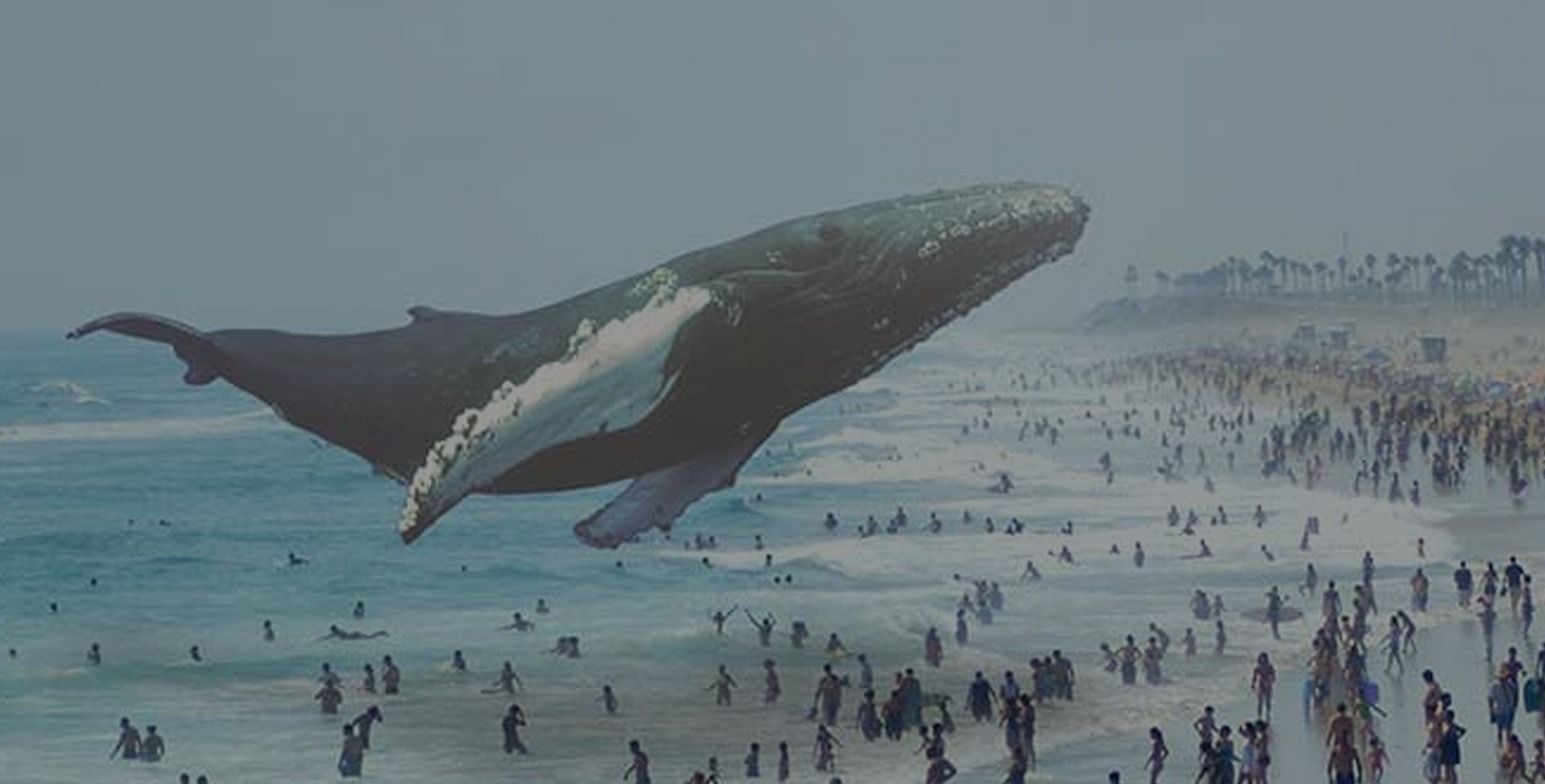It sounds like a plot from a comic book or a sci-fi film, a theory that got a boost when one of the greatest discoveries in physics in the modern era, the discovery of the “God particle,” or the Higgs boson, the missing piece in the Standard Model of particle physics. In the preface to his book Starmus, Stephen Hawking warns that the Higgs Boson field could collapse, resulting in a chain reaction that would take in the whole universe with it.
Theoretical physicist Joseph Lykken says it would probably take billions of years before we reach that point. Lykken hails from the Fermi National Accelerator Laboratory in Batavia, Illinois. If it did happen though, you wouldn’t know it. One instant you are here, the next, you and everything else is swallowed up by an enormous vacuum bubble, traveling at light speed in every direction. Humanity would never see it coming.
Peter Higgs and colleagues first theorized the existence of the Higgs boson in 1964. The Large Hadron Collider (LHC) at CERN in Geneva, Switzerland finally discovered it in 2012. With this missing piece found, three of the four fundamental forces of nature become complete. The particle’s measured value is 126 billion electron volts. That’s 126 times a proton’s mass. This is just enough to maintain a state teetering near the edge of stability.




